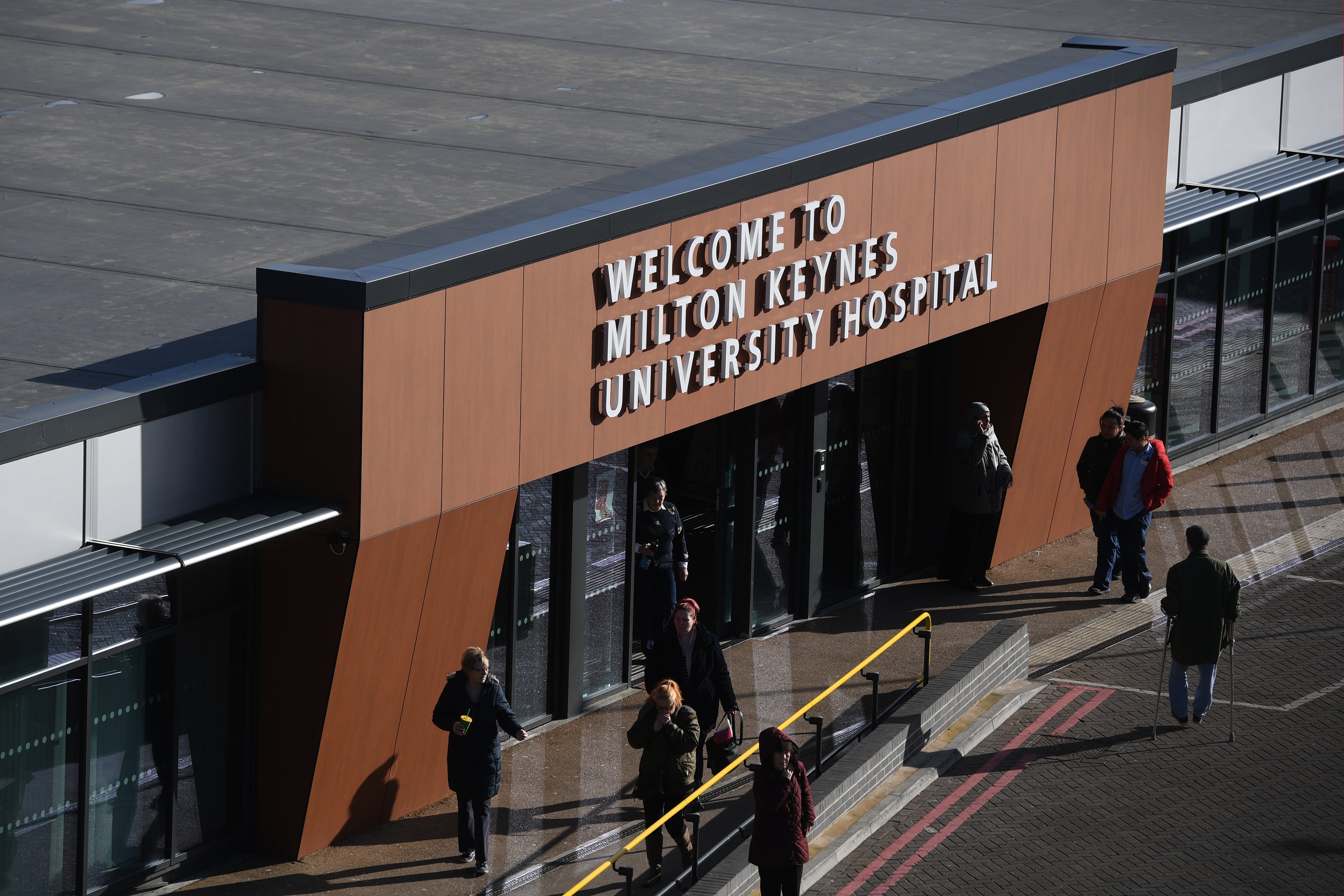
A grieving family has welcomed new guidance to try to prevent a common surgical procedure from going wrong and causing deaths.
Oesophageal intubation occurs when a breathing tube is placed into the oesophagus, the tube leading to the stomach, instead of the trachea, the tube leading to the windpipe.
It can lead to brain damage or death if not spotted promptly.
Glenda Logsdail died at Milton Keynes University Hospital in 2020 after a breathing tube was accidentally inserted into her oesophagus.
We miss her terribly but we know that she’d be happy that something good will come from her tragic death and that nobody else will go through what we’ve had to go through as a family— Glenda Logsdail's family
The 60-year-old radiographer was being prepared for an appendicitis operation when the error occurred.
Her family welcomed the guidance, saying in a statement: “We miss her terribly but we know that she’d be happy that something good will come from her tragic death and that nobody else will go through what we’ve had to go through as a family.
“Glenda was a wife of over 40 years, a mother to two children and a granny to three grandchildren.
“She had grand plans for her retirement to travel with her husband Richard and to be hands-on with all three of her grandchildren.
“She loved baking with her grandchildren, especially chocolate cake, and would often be found, glass of fizz in hand and a smile on her face.”
Oesophageal intubation can occur for a number of reasons including technical difficulties, clinician inexperience, movement of the tube or “distorted anatomy”.
The mistake is relatively common but usually detected quickly with no resulting harm.

It has previously been estimated that it causes around six deaths a year in the UK, though figures are not clear because it is not mandatory to report the blunders.
The new guidance, published in the journal Anaesthesia, recommends that exhaled carbon dioxide monitoring and pulse oximetry – which measures oxygen levels in the blood – should be available and used for all procedures that require a breathing tube.
Experts from the UK and Australia also recommended the use of a video-laryngoscope – an intubation device fitted with a video camera to improve the view – when a breathing tube is being inserted.
The authors concluded: “The continued occurrence of death and serious harm from unrecognised oesophageal intubation worldwide suggests that an approach to prevention solely focused on stressing removal of the tube if no carbon dioxide is detected is not a complete solution.
“This guideline emphasises this point but also provides a more comprehensive approach that addresses both technical and human factors-based contributions to the occurrence of unrecognised oesophageal intubation.
“The emphasis is on the trigger for tube removal being identification of an unacceptable risk rather than a definitive diagnosis that it is misplaced.”
Dr Mike Nathanson, president of the Association of Anaesthetists, said: “As the authors note, cases of unrecognised oesophageal intubation still occur and may, sadly, lead to death or brain injury.
“We welcome this important international initiative. We hope the guidance will be widely disseminated.
“Prevention of future incidents requires education, technological innovation, and a better understanding of the human factors involved.
“The suggestion of two-person confirmation of the presence of exhaled carbon dioxide is welcome, and we hope this can be introduced into clinical practice.”







